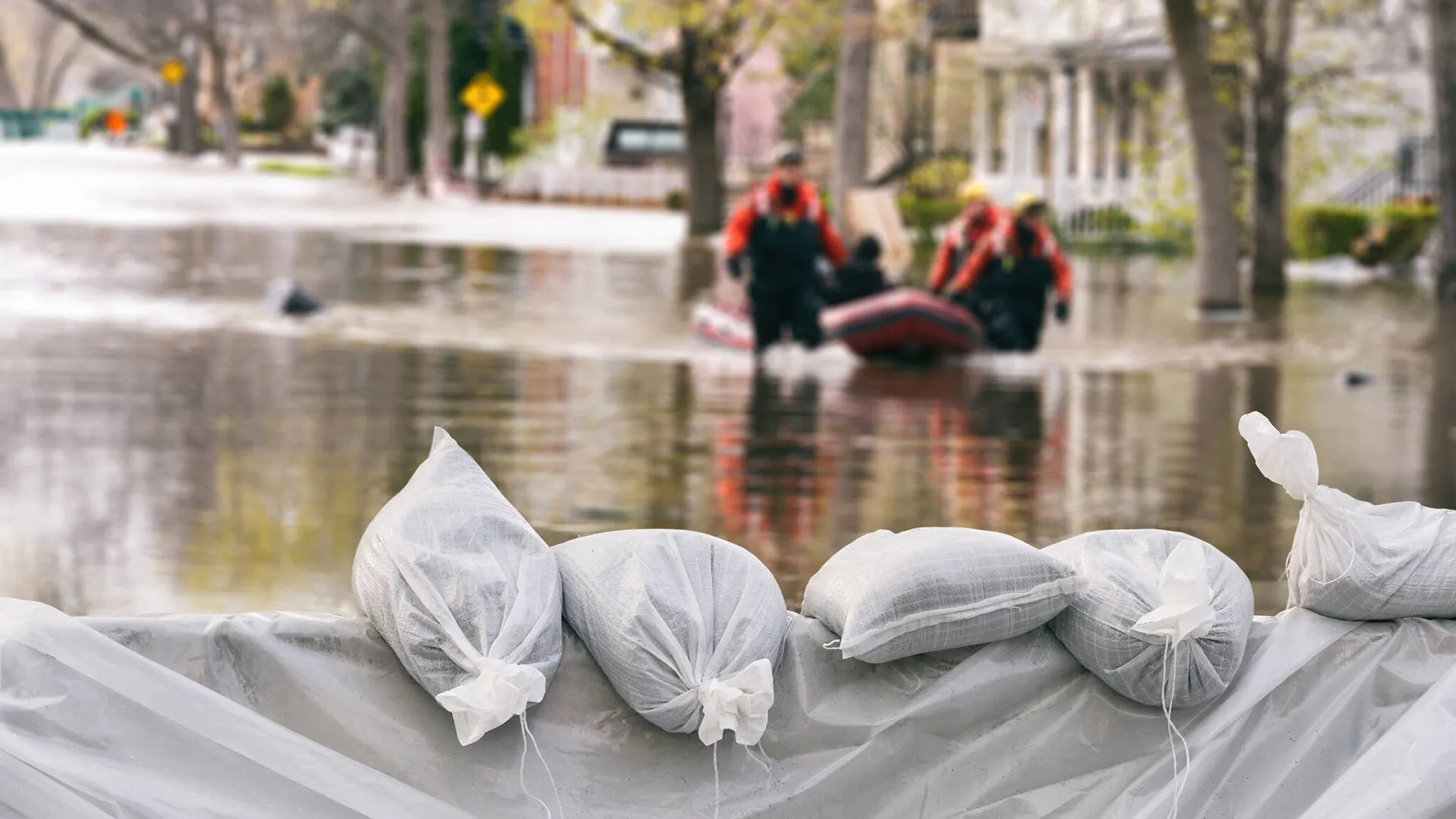洪水は、大雨や降り続く雨、雪解け水、または大量の降雨によって引き起こされることがほとんどで、人と財産の両方に深刻な脅威をもたらす。森林火災も鉄砲水の原因となる。植生がない場合、土壌は疎水化し、水の流出を増加させ、その結果、危険な洪水、土石流、地滑りの危険をもたらす。
洪水警報システムは、リスクレベル、大雨警報、洪水発生時期、洪水強度に関する重要な情報を提供し、自治体や都市が重要な意思決定を行うための警告を早い段階で受け、効果的な対応戦略を実施できるようにします。
降水センサー、水位測定、流量測定、レーダーなどの外部センサーは、洪水氾濫マッピング、DWDレーダーデータ、洪水水位データを含む水文予報から得られる利用可能なデータと組み合わされる。この統合により、事前に重要水位を計算することが可能になる。人工知能の助けを借りて、予測ははるかに正確になり、より良い準備と意思決定のための貴重な洞察を提供することができます。
事前に定義された水位や状況に対する地域や場所ベースの高警報は、携帯ブロードキャスト、電子メール、SMS、電話、またはアプリのプッシュメッセージを通じて地域社会に送信される。このようにして、メッセージ通信をマッピングし、大規模な洪水や災害の前に警報を発することができる。
このシステムには、既存のコントロールセンターを統合するなど、必要に応じて拡張できるインターフェースがある。MoWaSへのインターフェースはすでに統合されている。
早期警報システムは、洪水の危険が差し迫っている高リスク地域に住む人々を巻き込むことによって、悪天候による死傷者を大幅に減らすことができる。




